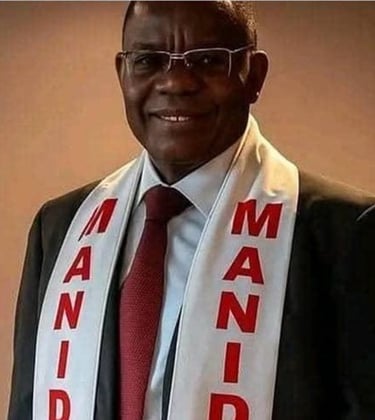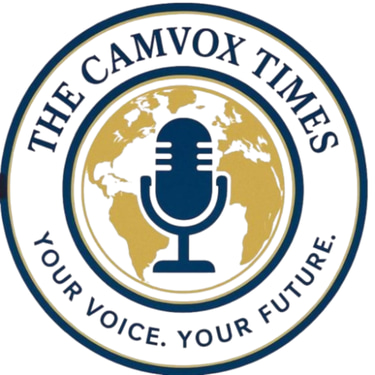Why Maurice Kamto Was Disqualified: Law, Strategy, and a Missed Moment
Special CamVox Times Editorial
Dr. Julius B Taka, PhD


Maurice Kamto’s exclusion from the 2025 presidential ballot is not a mystery; it is the foreseeable outcome of legal thresholds he failed to meet and political choices he made—chiefly, abandoning the work of building representation in councils and parliament, then scrambling into a fragile alliance that collapsed under basic procedural scrutiny.
Cameroon’s Electoral Code sets a high bar for presidential contenders. A candidate can be nominated by a political party or run as an independent—but if the nominating party is not represented in the National Assembly, Senate, any Regional Council or Municipal Council, the candidate must also bring 300 authenticated signatures from dignitaries nationwide (30 from each region). These requirements apply equally to independents.
Kamto’s Cameroon Renaissance Movement (MRC) chose to boycott the 2020 legislative and municipal elections, leaving itself with no elected representation in those bodies. By that decision, the MRC knowingly placed any 2025 presidential bid in the '300 signatures' lane.
Rather than clearly proving compliance with the signature rule, Kamto sought to run under the banner of MANIDEM. ELECAM rejected his candidacy, and the Constitutional Council affirmed this rejection. The alliance was procedurally incoherent, as MANIDEM also supported another candidate. This scramble reflected poor political foresight: an eleventh-hour reliance on a partner party with its own internal conflicts was never a stable vehicle for a national candidacy.
A durable presidential project in Cameroon is not just rallies and press statements; it is the hard work in councils and parliament—organizing slates, winning local mandates, cultivating regional legitimacy, and placing cadres who can legislate. By boycotting 2020 and then failing to compensate with airtight compliance in 2025, Kamto left himself exposed to the very legal tripwires the Electoral Code makes explicit.
As of press time, Kamto’s official platforms showcase his 2018 governance program but no updated 2025 manifesto laying out a detailed agenda for ordinary citizens ahead of this cycle. For a figure presenting himself as the inevitable alternative, that silence is conspicuous.
Cameroon’s Vision 2035 sets long-term goals: lifting incomes, industrializing, consolidating democracy, and delivering services nationwide. Meeting those goals requires institution-builders who can navigate law, secure mandates, and translate promises into legislation—not just presidential aspirants. Choosing to forgo legislative footholds and then mismanaging alliance mechanics is the opposite of that.
Maurice Kamto is a formidable legal scholar; he is not proving to be a formidable politician. His 2019–2025 choices show a leader chasing the presidency while neglecting the institutional scaffolding that makes governance possible. The result was predictable: disqualification on process and a movement left without the structures needed to carry reforms into law.
If you aspire to lead a nation toward 2035, you do not skip councils, shun parliament, or outsource your ballot line at the last minute—you build. On the evidence before us, Kamto did not.
— Julius B. TAKA, PhD
Director of Publications, CamVox Times Editorial Board
